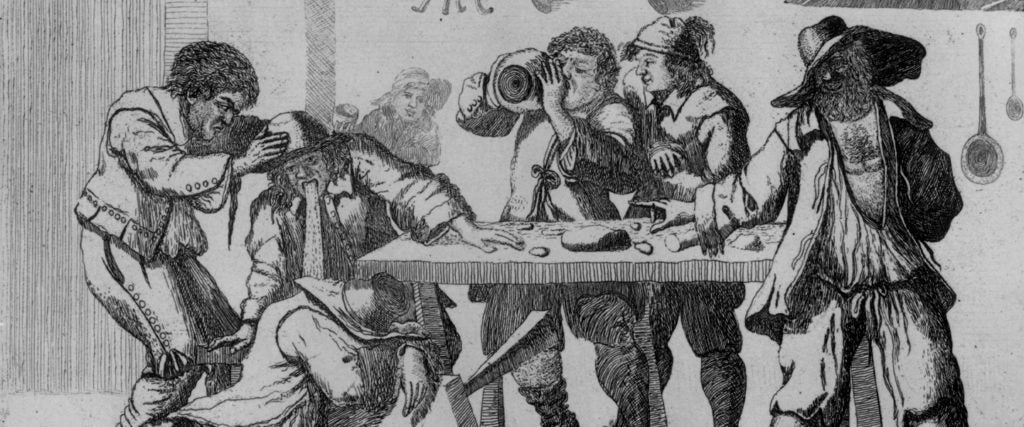In my mind, being constantly drunk would be the only way to survive life in Medieval Europe. Like, you can’t even read, you’re probably a peasant living under a feudal landlord and the only thing to do all day is harvest barley. Might as well be buzzed 24/7 and die at the ripe old age of 45.
I’m not the only who thinks this either. It’s a pretty common picture of daily life during the Middle Ages in people’s minds. The thing is, it’s a lie. I mean, life probably was as dull and tiresome for the average person as it seems, but worse, everyone actually just drank water all day.
As it turns out, the idea that clean water is such a modern invention that people of previous centuries exclusively drank some form of beer or wine is a myth. You know how alcohol is a lot more expensive than water today? Well, that was a thing back then, too. In fact, in Medieval Europe, water was totally free. With limited manufacturing, natural water sources — rivers, streams etc. — were relatively clean. In fact, most communities were smart enough to understand not to pollute their water sources with human or livestock waste. Even in more densely populated areas, there was infrastructure in place to ensure that clean water was separated. London, for example, had developed a complex pipe system by 1237. Plus, only 10 percent of Europe’s population during this period lived in what you would even consider a “town,” with the rest working as farmers.
Essentially, about 90 percent of people during the Middle Ages could walk on over to the nearest stream for some refreshing H2O whenever they were thirsty.
But that doesn’t mean they didn’t drink at all: Beer and wine were indeed as popular then as they are now, but beer, in particular, was a bit different than beer available today. According to HowStuffWorks, the beer of Medieval Europe was weaker than that of today, with the ABV speculated to have been around three percent. People didn’t drink it to get drunk — instead, they drank it as a source of carbs and calories. If you were a peasant performing hard labor all day, beer would seem to be a more nutritious and energy-providing choice than water, the Gatorade — or perhaps more accurately, the Soylent — of its day.
This isn’t to say people didn’t drink for pleasure at all. There are plenty of texts from the period with references to the enjoyment of alcohol — again, just as there are today.
With some perspective then, Medieval Europe’s relationship to alcohol really isn’t all that wild. Considering the tolerance they’d build over time and the low ABV, most people were probably rarely drunk. The real heavy drinkers in history were actually Americans in the mid-1800s. Americans today drink around 2.3 gallons of pure alcohol pure year, but in 1830, the average was 7.1.
And yes, they all had access to clean water, too.

